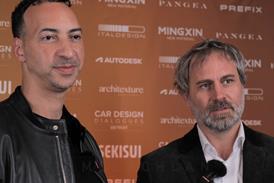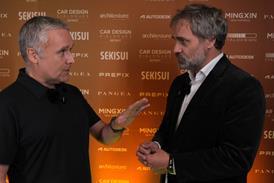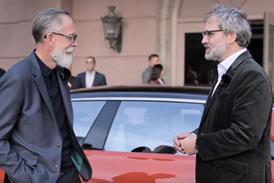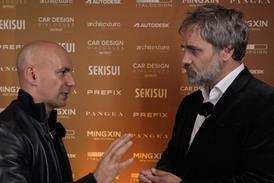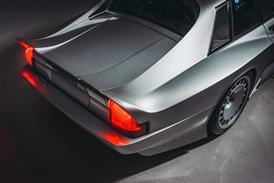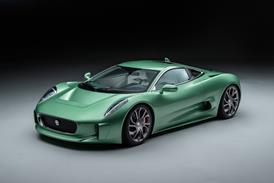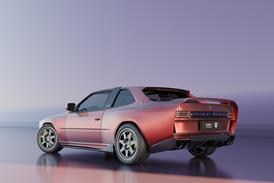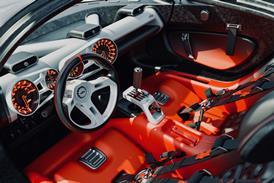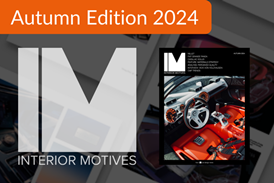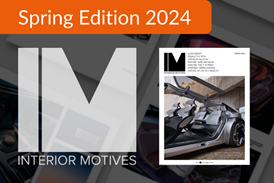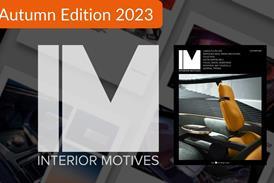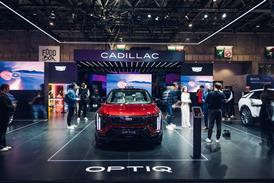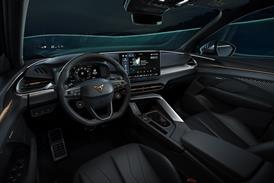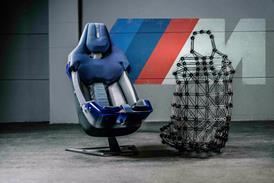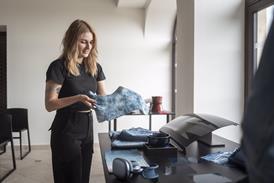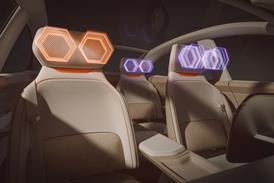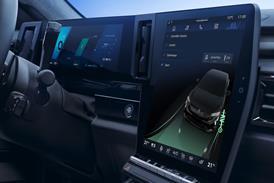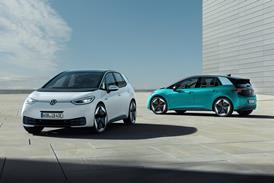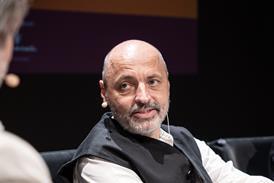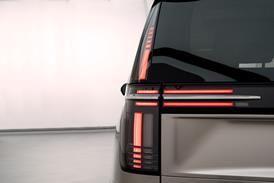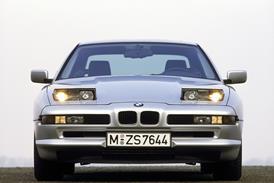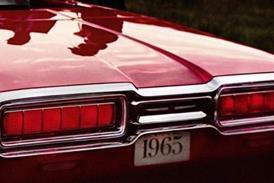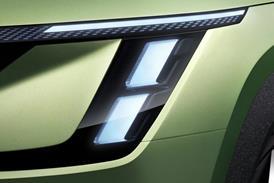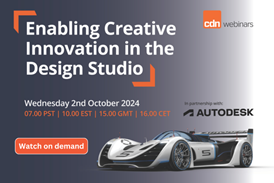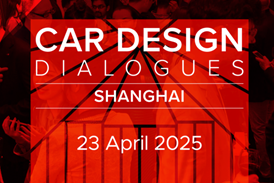







Students at London's Royal College of Art recently held a show at the London Transport Museum to present a project sponsored by Korean automaker Kia. Called ‘Venus 2049', the aim of the project was for students to work in 'Pathway Teams', researching the nature of beauty and together articulate the contemporary interpretation of beauty.
Split into three groups of five - Automark, Inside Out and Urban Flow - the students developed their own individual projects by investigating applied art and craft, materials and technology. They then created their own vision for a new aesthetic, and developed pieces for the world in 2049.
The material was then judged on design skill, creative vision, detailed understanding of systems and materials employed or applied, as well as professional teamwork, clarity of textual and visual work, the quality of their presentation, and the relevance and appeal of the final outcomes.
Automark
Andrea Mocellin
Dealing with illusion and metaphor to discover ‘the beauty behind the mask and live it', Mocellin's creation is a personal introspection about an immortal city like Venice, where tradition and mystery generates a unique mix between emotions and perceptions. The nucleus that lives inside the vertical sculpture is a dynamic fade in of glass that generates infinitive ways to investigate the object and discover it.
Jinsung Kim
This project is about experience of beauty through material, namely clay, one of nature's elements. Just as potters make ceramics without any blueprints - deciding shapes as they feel the material - car companies use similar material, called industrial clay. Drawing on personal experience working at a car company, Kim sought to create a new design language through interaction with materials.
Jonathon Henshall
Religion was the influence for Henshall: "As a Christian I believe nature to be perfectly created, and so when I look at it, I am reminded of God and my faith. My object is therefore inspired by nature and for me, its beauty is in what it reminds me of." The project takes particular inspiration from the structures of nature, and how they dictate external form as well as from the creative forces used in nature, illustrated by the collaboration with ceramics.
Magdalena Schmid
Poetry was the source of inspiration and the backbone Schmid's project. ‘Automotive Poetry' takes a popular designer's medium, paper, and develops sculptures from one sheet of paper in different DIN A formats, leaving enough space for the viewer's interpretation. Part of the output was also a poem depicting the correlation between the rules of design and the freedom of art.
Ralph Tayler-Webb
Entitled 'Heavens Above', Tayler-Webb's project encourages us to look up more. His 2049 concept has a package that offers a 'laid-back' interior for the occupant, who gazes up beyond the tall buildings and distractions of the city to the clouds. The form is inspired by forces that create cumulonimbus clouds and it was carved by hand from Cornish stone. This carving process slowly revealed the natural character of the surface and left a visual history of the forces which went into its creation.
Tase Nobutaka
Inspired by the snow found in his birthplace in the Japanese countryside, Nobutaka created his project as homage to the peacefulness he felt while standing in deep virgin snow. The sculpted and flowing form is a layered structure, as snow is in nature, and is covered by a 'snowdome' glass canopy, depicted in the project by white mesh. "The snow's surface follows the shape of the land and covers beauty and dirty things," Nobutaka explains, "Everything is cocooned in the snow to be all alike and equal."
Inside out
Bob Romkes
Air travel is Romkes' proposal to battle 'future dystopia'. Designing for the aerial level in a tiered living scenario, his project is an artistic interpretation of a speed-form with automotive characteristics. An enclosed cocoon cockpit is wrapped by an outer structure that represents the wings grabbing onto the cockpit and creating a hollow 'volume' inspired by spider webs and the movement of tornados. Sourcing power from the heat of the sun through a copper based conductor, the exterior changes color and allows for a dynamic and changing expression.
Ciaran Mcatamney
Blindness was the keyword for this project. It arose through looking at how people move today as a mass, devoid of any emotion, just focused on reaching their next destination. The design proposed is a vision of a future mode of aerial travel where people can experience a pleasurable journey and experience it with others. It has been designed to offer the option of taking a "time out" from the rush of getting from A to B. It is intended as a commuting service from one residential pod to another.
Continues →

